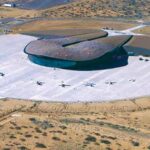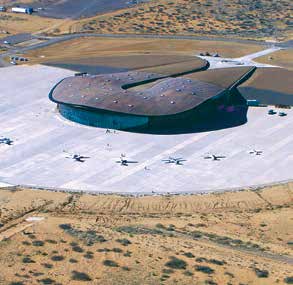Suborbital Payload Launch
Sounding Rockets
2019 TSRQ4 – Infrastructure: Spaceports


Spaceport upgrades and new spaceport development are at an all-time high, with 40 active launch sites around the globe, 10 more in development in the United States, Sweden, Australia and Canada, and 13 more proposed in eight countries. . .
2017 – Sounding Rockets – Snapshot
NASA’s Sounding Rockets Program Office (SRPO) uses sounding rockets as training tools for engineers and scientists, as well as for educating future engineers and scientists. The program provides . . .
2016 – Sounding Rockets – Snapshot
Government sounding rocket programs, such as NASA’s Sounding Rockets Program Office (SRPO), use sounding rockets as training tools for future engineers and scientists. More launch opportunities…
Sounding Rockets
Uncrewed suborbital vehicles, also called sounding rockets, come in diverse sizes and capabilities. They range from relatively small single-stage vehicles that carry payloads of a few dozen kilograms to altitudes of 160 kilometers (100 miles), to larger rockets that use up to four stages to lift several-hundred-kilogram payloads as high as 1,600 kilometers (1,000 miles).
2015 – Sounding Rockets – Snapshot
NASA’s Sounding Rockets Program Office (SRPO) launches sounding rockets from locations such as Andøya, Norway; Esrange, Sweden; Kwajalein Atoll, Marshall Islands; Poker Flats, Alaska; White Sands, New Mexico; and Wallops Island, Virginia. The suborbital nature of the sounding rockets makes them ideal platforms to conduct short near-Earth space science, astrophysics, and heliophysics experiments, as well as for testing new sensors and other burgeoning space technologies. SRPO arranges workshops with primary and secondary school teachers and provides internships to university students to familiarize them with engineering and science disciplines.
2008 – Sounding Rockets
The primary advantages of sounding rockets are their low cost, comparative ease of transport, ability to be launched from locations on land or sea, and relatively short turnaround times between mission concept and launch. These characteristics make sounding rockets a frequent choice of university science programs and research institutes that require less expensive access to space, enabling space-based experiments that might not otherwise receive funding.